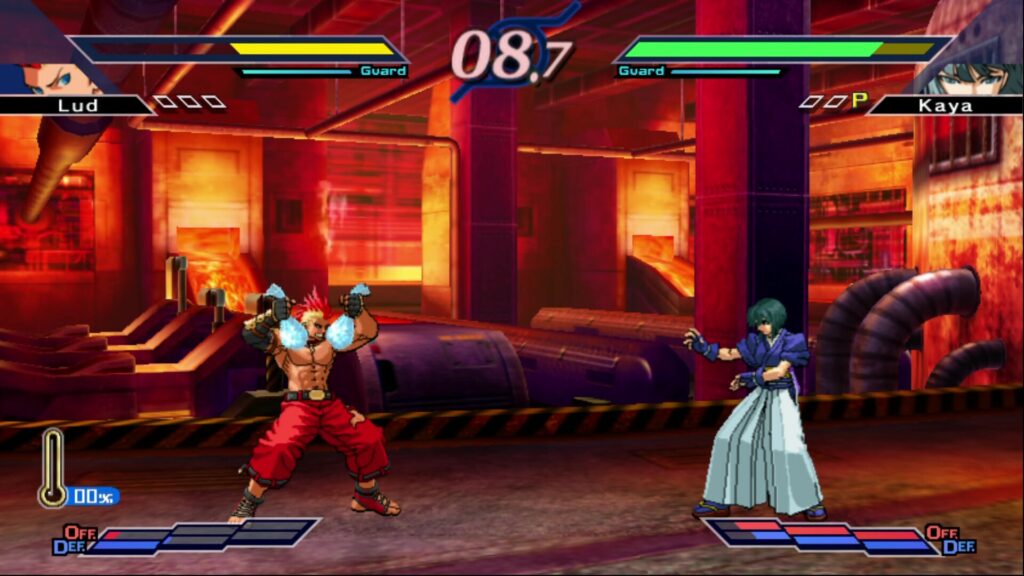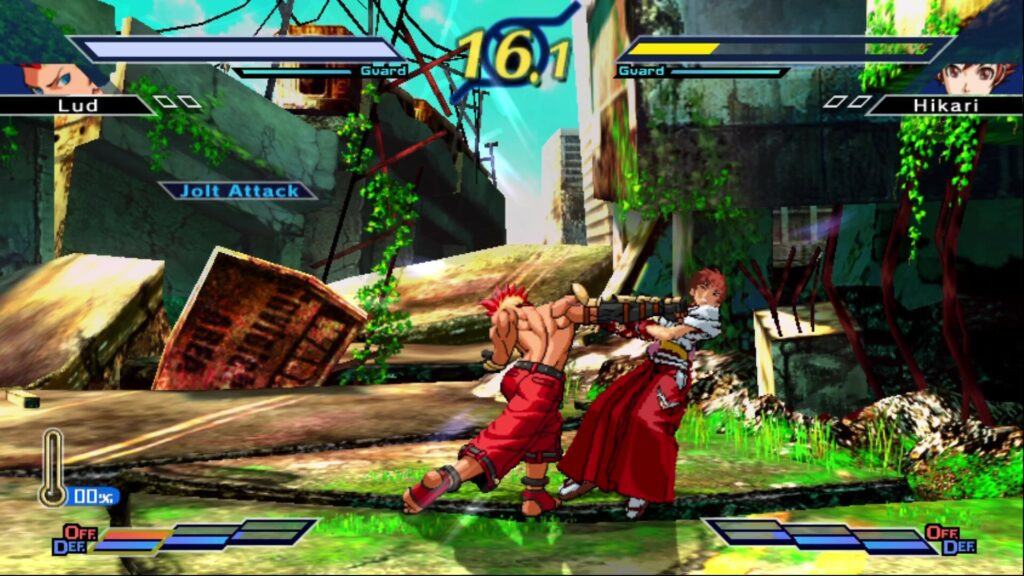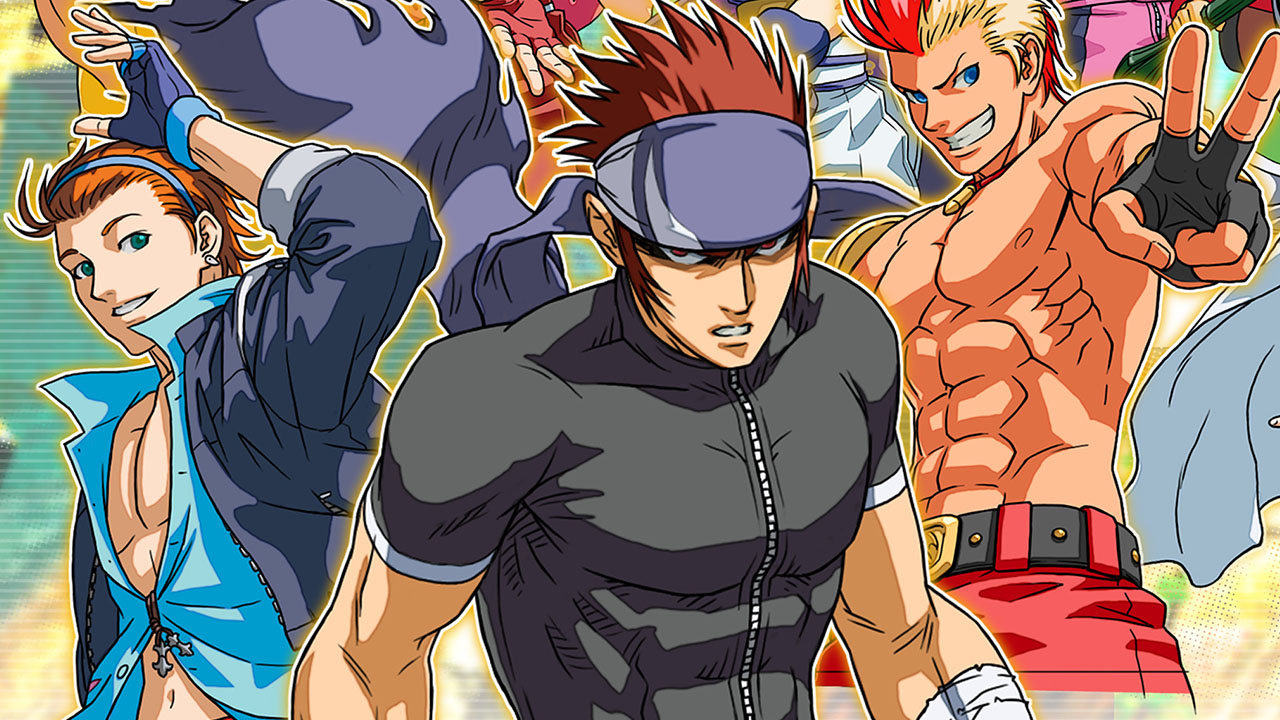We have to go back at least twenty abundant years, between the 1990s and the early 2000s, when i 2D fighting arcade games they were taking over. There were still the arcades, those now almost mythological environments full of fighting, racing and other competitive games, often for two players too. The titles of Japanese derivation and production were also catching on in our gaming habits, with a fundamental difference. If some franchises managed to land on consoles as well, like Tekken, Mortal Kombat, Dead Or Alive and others, on the other hand there were titles that could not enjoy this upgrade. Among them, too The Rumble Fish 2 only manages today to enjoy a porting su Steam, which we got our hands on to tell you our opinions. Did we successfully resurrect an old fighting arcade glory, or did we step out of the ring with some aches and pains?
The Rumble Fish 2, forgotten fights reopen
It comes out of the forges of 3Goo this reissue of the original produced by Dimps back in 2005, a title that had helped lay the foundations of Street Fighter. This was because Dimps was founded by Takashi Nishimaya, the own executive producer of Street Fighter and the creator of the Fatal Fury franchise. A nice combo, which leads today to have The Rumble Fish 2 all the more revisited in a quite satisfactory way.
The title features a plethora interesting enough, as traditional for fighting games, of characters, also proposing a fairly fluid battle system. This allows us to fully enjoy the new characters added compared to what came out almost twenty years ago. We can imagine it: the underlying plot is nothing extraordinarily complex or elaborately written.

On the other hand, however, we have some additional complexity compared to 16 expected characters (including 3 in the Collector’s Edition), from a point of view of pure content. These fighters are placed in a moment in time late 20th century, when a natural disaster hit the eastern part of a country. Before long, the PROBE-NEXUS conglomerate, also known as Probe, undertook the reconstruction of this area. But here, in an underdeveloped area, there are so-called slumswhere something is happening…
A porting with several amarcord reminiscences
We also look at game mechanics, where the recovery of some of these hips that ended up in oblivion makes The Rumble Fish 2 interesting. The indicator of both defense and offense, similar to what we see in Mortal Kombat 11 is a peculiar feature. Also Advance Moves it allows us to exploit the use of our bar also for combos, leading us to truly devastating attacks.

The selection of game modes available are limited. Among these, we count Arcade, Time Trial e Survival, as regards the offline sector, while we only have online matchmaking. Nothing else. Difficult to make the title more interesting than other fighting games, with so little choice to actually make it attractive. Hardly competitive as it may be though, it could be able to pave the way for further porting from the Japanese gaming world which have never reached our market so far.
In addition to this wish we make to the western videogame scenario, we also appreciated the 3D cel-shaded models of graphics. Although The Rumble Fish 2 is still clearly affected by the past years, it maintains its aesthetic identity is still alive. Both in the backgrounds and settings, and in the making of the characters.
In addition to these peculiar graphics, we want to give you a suggestion in the approach to this game. Like many 2D fighting games it would be much more useful to approach them with a stick (ideal option, but not very feasible) or with a controller. The game on Steam, as we have tested it, supports this mode, which we strongly recommend for a better and more enjoyable experience.
The Rumble Fish 2 review in pills
Simply put, The Rumble Fish 2 is a classic fighting arcade that has been lucky enough to enjoy a port almost twenty years since its release. Remains a niche product which from Japanese culture is now able to land on Western consoles, without hiding the signs of aging and some difficulties. As pleasant as the recovery of some aesthetic types in the graphics is, the game modes remain reduced and not at all original or competitive. Both online and offline. It still remains a conquest for gamers who wish to get their hands on old glories, even hidden ones, and so far unavailable outside Japan. Joys and pains of ports. As it often happens.













Leave a Reply
View Comments